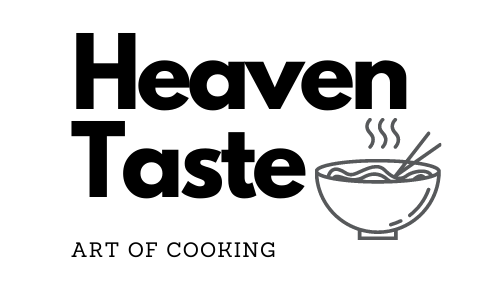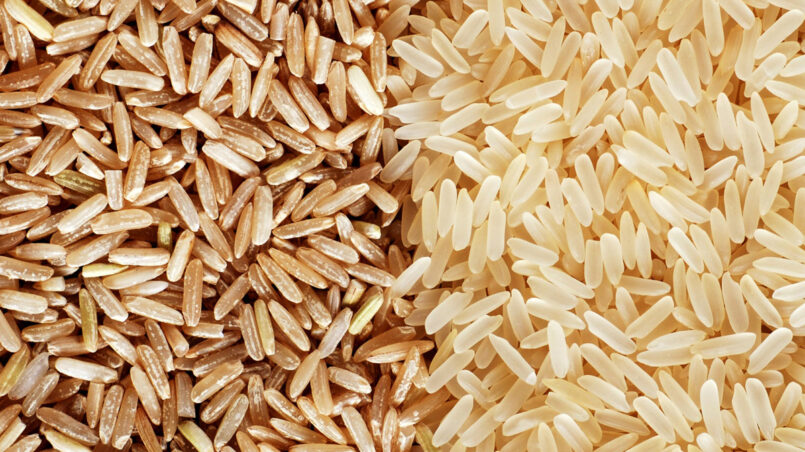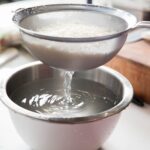Rice is a common constituent in food production all around the globe. Rice is one of the most extensively eaten foods in the world. It comes just behind sugarcane and maize, with 477 million tons utilized yearly. Nevertheless, it is the most significant grain for human intake. It accounts for roughly a fifth of all calories ingested by living beings. Rice has a great nutritive value, caloric content, carbohydrates, power, and carbohydrate intensity. However, rice comes in over 40,000 distinct variations. Each of them with its degree of nutrients, taste, and starch. That is the main reason why certain types of rice are healthier than some others. This last article in my series about rice will explain to you what is the difference between parboiled rice and brown rice.
Brown Rice – Whole Grain
Brown rice is called a whole grain since all of the components of the grain are intact. Except for the indigestible shell, which is eliminated during manufacturing. The outside bran layer is a good source of fiber, the medium germ coating is high in nutrients, as well as the interior endosperm is the grain’s starchy center, which offers carbs for energy.
Brown rice, contrary to white rice, is among the healthiest types of rice. It retains the bulk of its protein and nutrients after being removed from its core and seed layers. According to the USDA, brown rice is an essential part of a healthy diet. It contains vitamins, potash, phosphorus, and magnesium, in addition to fiber. Brown rice has a unique nutty taste plus a chewy texture due to the bran and germ coatings.
When it relates to nutritional quality, brown rice has a minor edge over white rice. It has extra fiber, flavonoids, and essential nutrients. These variances, though, aren’t substantial. Brown rice is known to lower blood pressure and cholesterol levels.
Brown rice is just whole grain. That implies it includes all of the grain’s components, such as the fiber bran, nutrient-dense germ, and carb-dense endosperm. Because of its strong skin, it’s sticky and takes a long time to cook.
Parboiled rice, on the other hand, has been stripped of its bran layer. White rice is devoid of important nutrients since they are an extremely nutritious section of the grain. Parboiled rice is smoother and cooks faster.
Parboiled Rice – Retains Its Nutritional Value
Often referred to as par-cooked rice or transformed rice, is a kind of half-boiled rice. Parboiled rice is created by soaking entire grains, and boiling them under pressure. The process of drying, grinding, and refining them comes afterward. This mechanism drives micronutrients from the skin back into the grains. This is preventing them from being lost entirely during preparation.
Parboiled rice grains are somewhat tougher than plain rice and have a golden appearance. They take a bit more time to cook and require a little more liquid per quarter cup versus white rice. Each grain remains distinct, resulting in spongy rice.
When rice is processed, the indigestible outer skin is eliminated to give brown rice, but even before brown rice is processed to become white rice, it is parboiled.
The Three Major Phases In Parboiling Are As Follows:
- Soaking- The water content of raw, dehulled rice, commonly known as paddy rice, is increased by soaking it in hot water.
- Steaming- The carbohydrate in the rice is cooked until it forms a hydrogel. The heat generated by this action also aids in the killing of various microorganisms.
- Drying- Gradually drying the rice reduces the water content. This allows it to be processed.
Rice becomes a bright golden or amber hue after parboiling, as opposed to the light, whitish color of ordinary rice. However. it’s not quite as black as brown rice.
Several water-soluble micronutrients transfer from the rice processor’s core to the cell cytoplasm following parboiling. This reduces part of the nutritional loss that occurs during the purification process while generating the rice.
Parboiled rice, in particular, has more thiamine and niacin than brown rice. These micronutrients are necessary for the creation of energy. Parboiled rice is also richer in protein and fiber.
However, as compared to conventional white and brown rice, several nutrients, such as potassium and zinc, are somewhat reduced in parboiled rice. Depending on the factors in the parboiling procedure, these figures may vary.






4 Comments